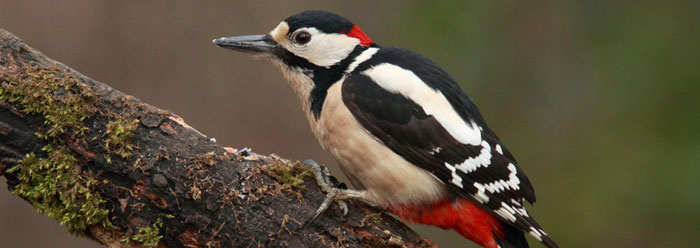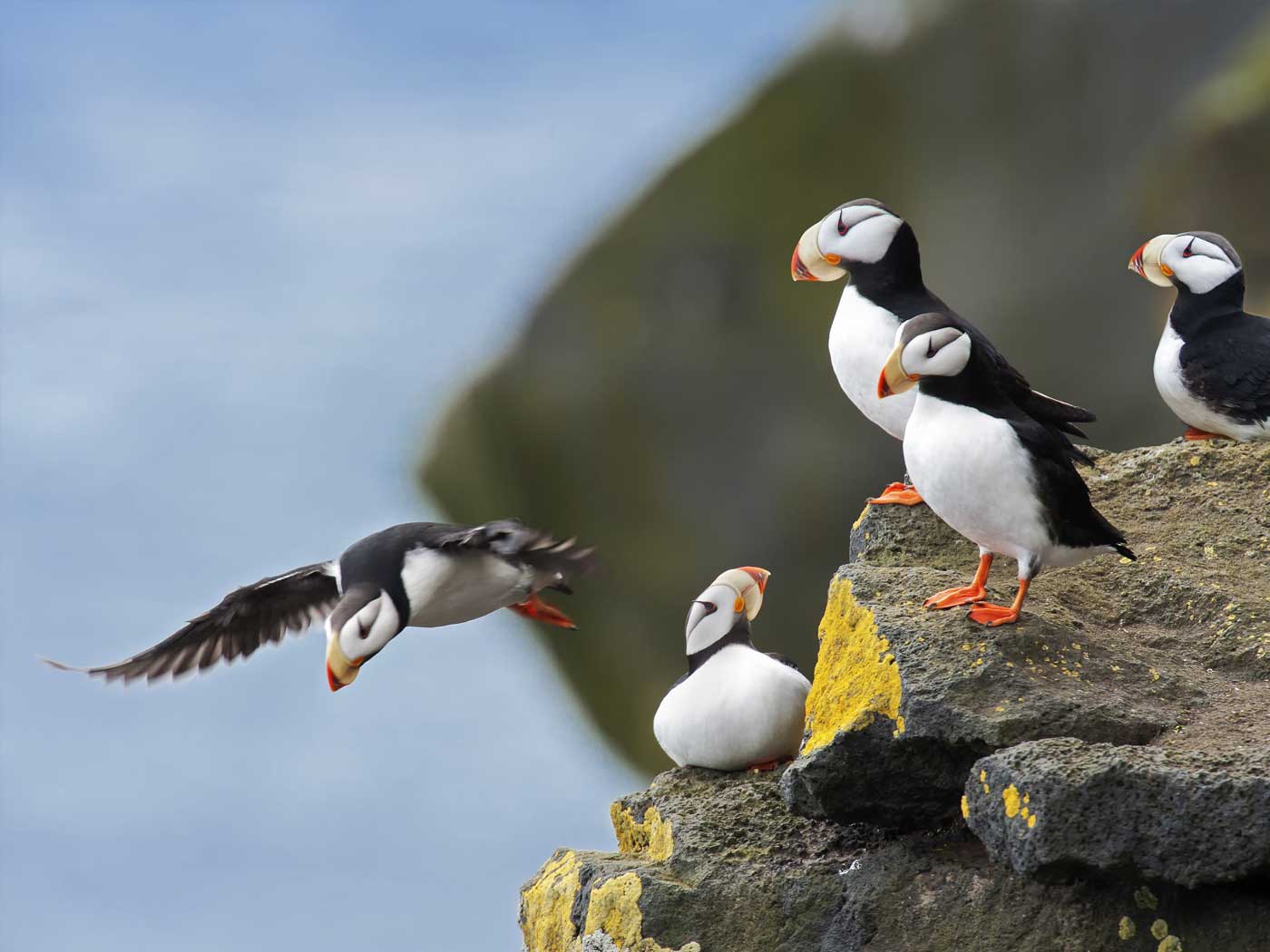When boring into wood in search of food, a woodpecker exerts so much force with each strike that its beak should crumble, its skull should crack, and its brain should be reduced to mush. However, a suite of design features absorbs the shock and ensures that these tragedies do not happen. How are these features able to provide such effective protection?
Scientists have examined woodpecker design strategies to find the answer. In a study published in Bioinspiration & Biomimetics, Sang-Hee Yoon and Sungmin Park of the University of California Berkeley analyzed what makes the woodpecker's shock absorbers work so well.1 They discovered a set of four essential features, which were described in a New Scientist article:
These are its hard-but-elastic beak; a sinewy, springy tongue-supporting structure that extends behind the skull called the hyoid; an area of spongy bone in its skull; and the way the skull and cerebrospinal fluid interact to suppress vibration.2
The research duo set out to copy each of these features. They mimicked the beak's resistant structure with an exterior metal cylinder. Inside that was a layer of rubber, inspired by the woodpecker's hyoid, and then an interior layer of aluminum to imitate the interaction of the skull and cerebrospinal fluid. In the woodpecker, the nearness of the beak to the skull reduces vibration.
The cylinder was packed with beads in an arrangement intended to mimic the way the bird's porous bone material absorbs impact energy. Yoon and Park nestled sensitive electronics within the beads, and then the whole device was fired from an air gun at an aluminum wall to see how well the electronics were protected.
Modern airplanes are equipped with flight recorders that capture important information. These devices are held in shock absorbers that can withstand 1000g, which is 1,000 times the acceleration force of an object near the earth's surface. The new woodpecker-inspired shock absorber withstood 60,000g, thus offering possibilities for "remarkable improvement in the g-force tolerance"of man-made devices.1
The woodpecker has long been considered a living refutation of big-picture evolution. In his book The Evolution of a Creationist, author and speaker Dr. Jobe Martin tried to imagine a Darwinian scenario whereby the woodpecker might have evolved from another type of bird:
Let's suppose some bird decided that there must be all kinds of little critters, which would be good for lunch, hidden beneath the bark of trees. This bird decided to peck through the bark and into the hardwood tree. On first peck, this bird discovered problems with the way it was put together. Its beak shattered when it slammed against the tree, its tail feathers broke, and it developed a migraine-strength headache. With a shattered beak, the little bird was unable to eat and so it died.3
Of course, a dead bird could not evolve any further.
Each feature that Yoon and Park mimicked includes specified material and arrangements, and all four are required for a woodpecker to effectively drill holes into wood. However, these remarkable structures are still not enough to enable the bird to extract its vital food from beneath tree bark. So, the woodpecker was equipped with an extendible, spear-shaped tongue, stiff tail feathers, and a specialized toe arrangement so that it can cling to a vertical tree trunk.
There is no natural way for a whole suite of required, specified features to just "get together"all at one time. Perhaps unwittingly, these University of California researchers corroborated that the only way to achieve all-or-nothing design is by purposeful intent. Thus, the woodpecker is a testament to the superior engineering skill of its Creator.
References
- Yoon, S.-H. and S. Park. 2011. A mechanical analysis of woodpecker drumming and its application to shock-absorbing systems. Bioinspiration & Biomimetics. 6 (1): 016003.
- Marks, P. Woodpecker's head inspires shock absorbers. New Scientist. Posted on newscientist.com February 4, 2011, accessed February 11, 2011.
- Martin, J. 2002. The Evolution of a Creationist. Rockwall, TX: Biblical Discipleship Publishers, 265.
* Mr. Thomas is Science Writer at the Institute for Creation Research.
Article posted on February 23, 2011.























